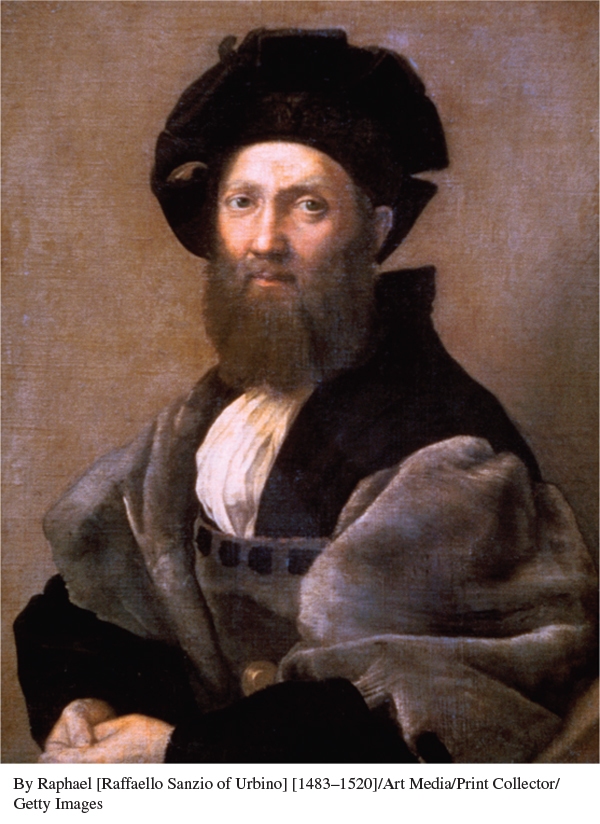A History of Western Society: Printed Page 364
A History of Western Society, Value Edition: Printed Page 351
A History of Western Society, Concise Edition: Printed Page 366
Education
Humanists thought that their recommended course of study in the classics would provide essential skills for future politicians, diplomats, lawyers, military leaders, and businessmen, as well as writers and artists. It would provide a much broader and more practical type of training than that offered at universities, which at the time focused on theology and philosophy or on theoretical training for lawyers and physicians. Humanists poured out treatises, often in the form of letters, on the structure and goals of education and the training of rulers and leaders. (See “Thinking Like a Historian: Humanist Learning.”)
Humanists put their ideas into practice. Beginning in the early fifteenth century, they opened schools and academies in Italian cities and courts in which pupils began with Latin grammar and rhetoric, went on to study Roman history and political philosophy, and then learned Greek in order to study Greek literature and philosophy. Gradually, humanist education became the basis for intermediate and advanced education for well-
Humanists disagreed about education for women. Many saw the value of exposing women to classical models of moral behavior and reasoning, but they also wondered whether a program of study that emphasized eloquence and action was proper for women, whose sphere was generally understood to be private and domestic. In his book on the family, Alberti stressed that a wife’s role should be restricted to the orderliness of the household, food preparation and the serving of meals, the education of children, and the supervision of servants. (Alberti never married, so he never put his ideas into practice in his own household.) Women themselves were bolder in their claims about the value of the new learning. Although humanist academies were not open to women, a few women did become educated in the classics, and wrote and published poetry, fiction, and essays in Latin and vernacular languages.
No book on education had broader influence than Baldassare Castiglione’s The Courtier (1528). This treatise sought to train, discipline, and fashion the young man into the courtly ideal, the gentleman. According to Castiglione (kahs-

In the sixteenth and seventeenth centuries The Courtier was translated into most European languages and widely read. It influenced the social mores and patterns of conduct of elite groups in Renaissance and early modern Europe and became a how-